In a harrowing incident that underscores the vital importance of accessible safety features in modern vehicles, parents were forced to break the windows of a Tesla vehicle to rescue their children trapped inside. While the story ended without physical harm to the children, it has reignited a heated debate around the design choices of high-tech vehicles, the reliability of keyless systems, and the need for swift emergency response options in all modern cars—regardless of how futuristic their design may be.
The Incident
The situation unfolded in a suburban neighborhood where a family had just returned from running errands. As the parents exited the vehicle, a Tesla Model Y, the doors locked automatically—while their two young children were still inside. Attempts to unlock the doors via the key fob and the Tesla app failed. As precious minutes ticked by in the hot sun, the interior of the vehicle began to heat up rapidly, placing the children at serious risk of heatstroke.
With no other viable options, and emergency services still minutes away, the parents did what any desperate caregiver would: they smashed the rear window to gain access and retrieve their children. Both children were taken to a nearby hospital as a precaution but were ultimately unharmed.
Technology vs. Accessibility
Tesla vehicles are celebrated for their cutting-edge technology, sleek design, and minimalistic interior. Features like keyless entry, automatic locking, and app-based controls are standard, offering convenience and modern flair. But when these features fail—or when a system locks a vehicle automatically with children inside—they can quickly become a serious liability.
This incident highlights a growing concern among consumers and safety advocates: are some modern vehicles becoming too smart for their own good?
Not the First Time
Unfortunately, this is not the first time Tesla—or other high-tech vehicles—have made headlines for trapping occupants inside. Numerous reports have surfaced over the years involving drivers or passengers being unable to exit a Tesla due to power loss, software glitches, or unfamiliarity with the manual override systems.
In 2019, a man died after becoming trapped in his Tesla Model S when the car’s power system failed and the doors would not open. While this is an extreme case, it underscores a potential flaw in over-reliance on electronic systems with insufficient manual backups.
Lack of Immediate Manual Overrides
Most traditional vehicles are equipped with mechanical door locks that can be opened from the inside, regardless of whether the battery or electronics are functioning. In contrast, Tesla’s design replaces many of these mechanical systems with electronic actuators. While Tesla does offer manual release mechanisms in its doors, they are often not clearly marked or intuitive, especially to children or unfamiliar users.
In emergency situations, seconds count. If a parent, child, or bystander cannot locate a mechanical override within moments, the situation can escalate rapidly—as it did in this recent incident.
The Role of Parental Vigilance
While it’s easy to place the blame solely on Tesla or similar manufacturers, it’s important to acknowledge that technology is only one part of the equation. Parents and guardians must remain vigilant when using vehicles that are operated primarily through digital systems. That includes double-checking door locks, understanding how to manually open doors in case of failure, and never relying solely on apps or automatic features for security or safety.
Additionally, on hot days, the interior of a car can become deadly in minutes. A child’s body heats up three to five times faster than an adult’s, making these scenarios especially urgent. The American Academy of Pediatrics warns that even with the windows cracked, car interiors can reach fatal temperatures in less than 10 minutes.
Tesla’s Responsibility
Tesla, as a leader in automotive innovation, also carries the responsibility of designing vehicles with both convenience and safety in mind. This includes rethinking how emergency manual overrides are implemented and labeled, ensuring they are easily identifiable and operable by anyone in the vehicle—including children or first responders unfamiliar with the vehicle’s systems.
Furthermore, a growing number of consumers are calling for a feature that would automatically disable the locking system if a person or pet is detected inside the vehicle. Some Teslas offer “Cabin Overheat Protection” and “Dog Mode,” which can maintain interior temperatures, but these must be enabled manually and are not failsafe.
Final Thoughts
The incident where parents had to smash their Tesla’s window to rescue their trapped children is not just a cautionary tale—it’s a call to action. As we move further into an era of automated, app-controlled, and AI-powered vehicles, we must not sacrifice fundamental safety features at the altar of technological progress.
Manufacturers must ensure that vehicles remain accessible in emergencies, and users must remain informed about how their car operates—not just in ideal conditions, but when systems fail. Because no amount of innovation is worth risking a child’s life.
Safety should always come before style—and before software.


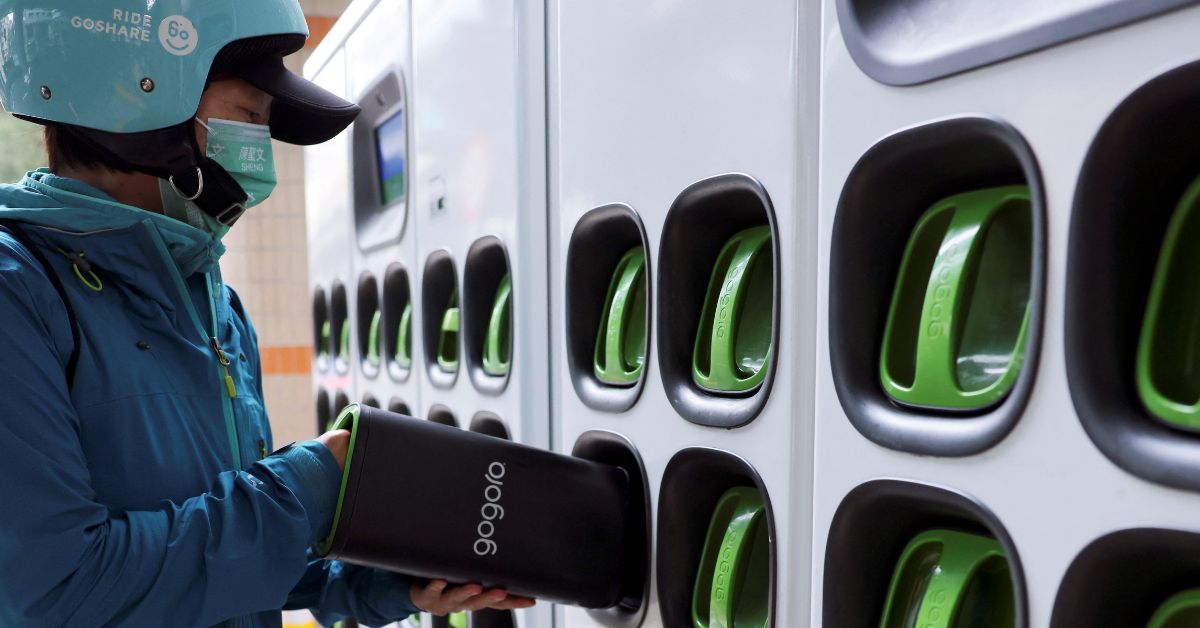
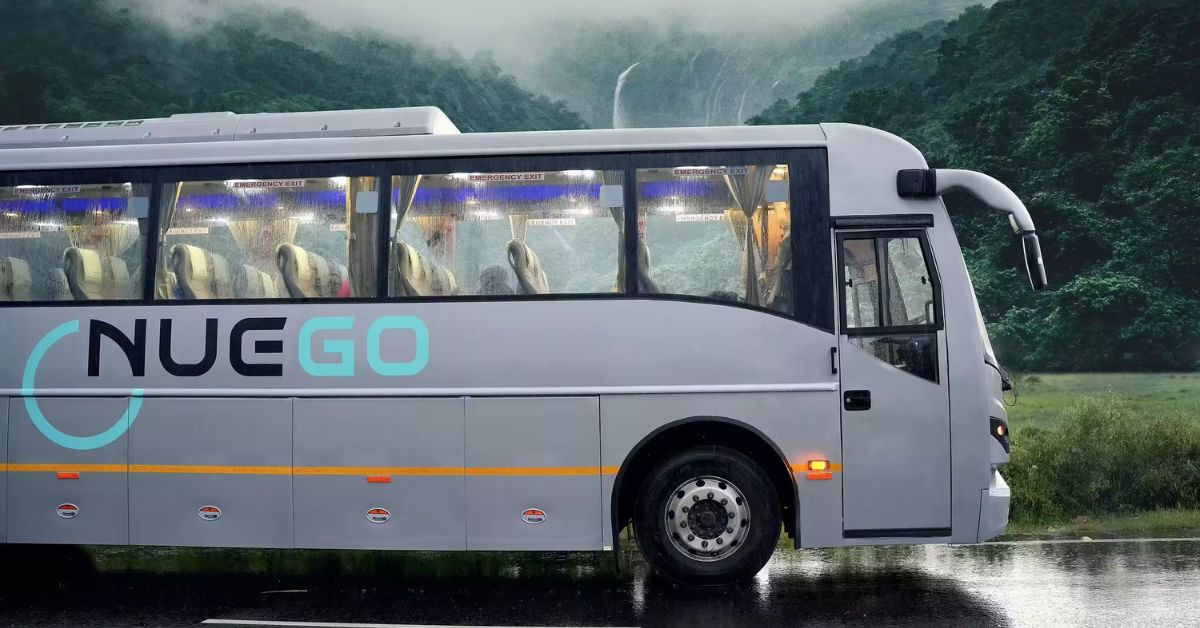



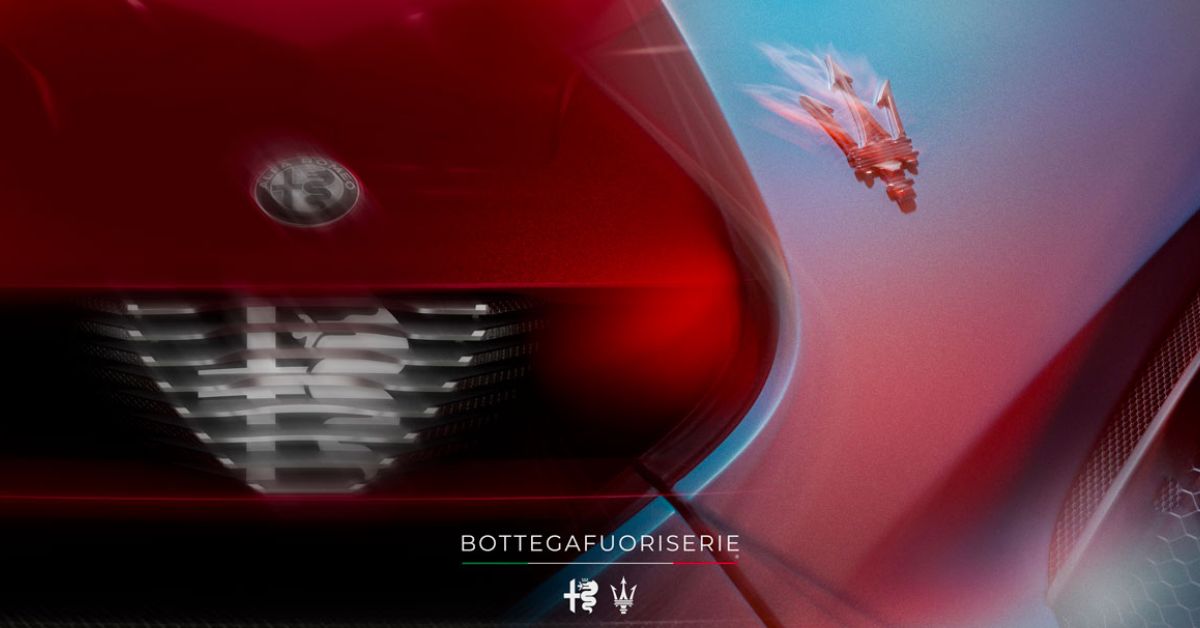
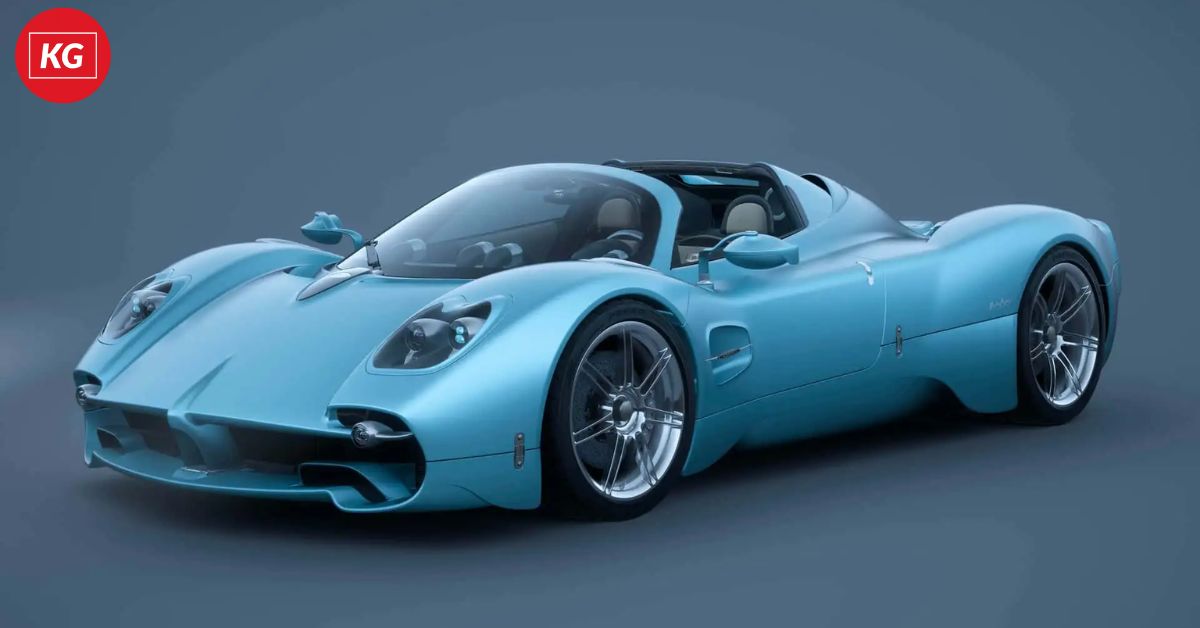
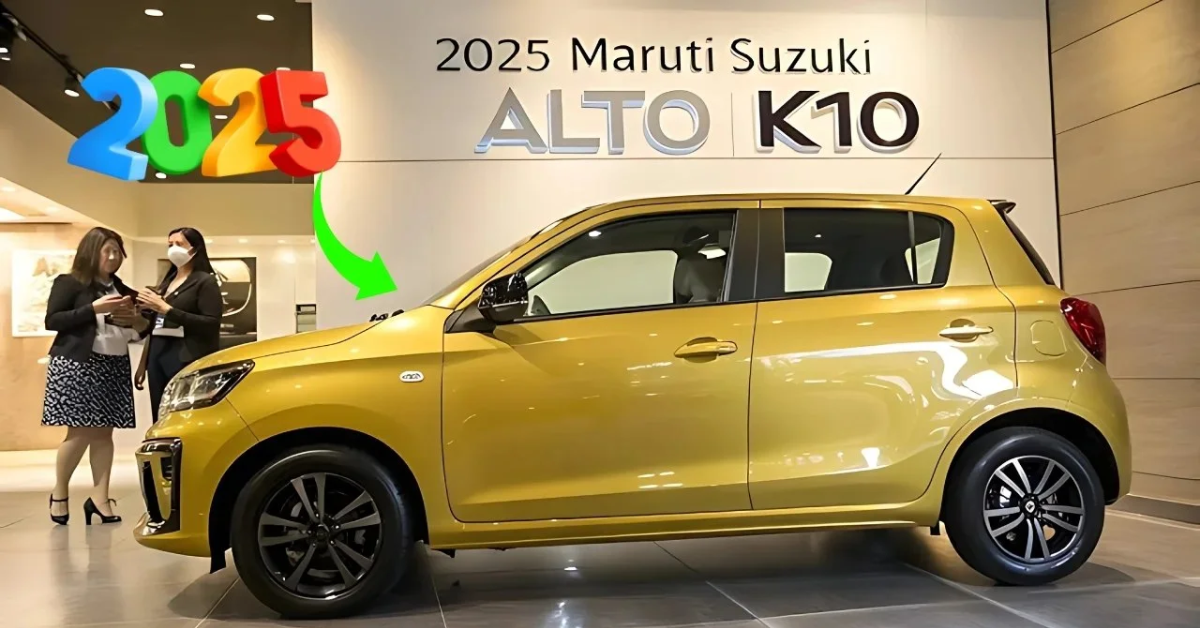
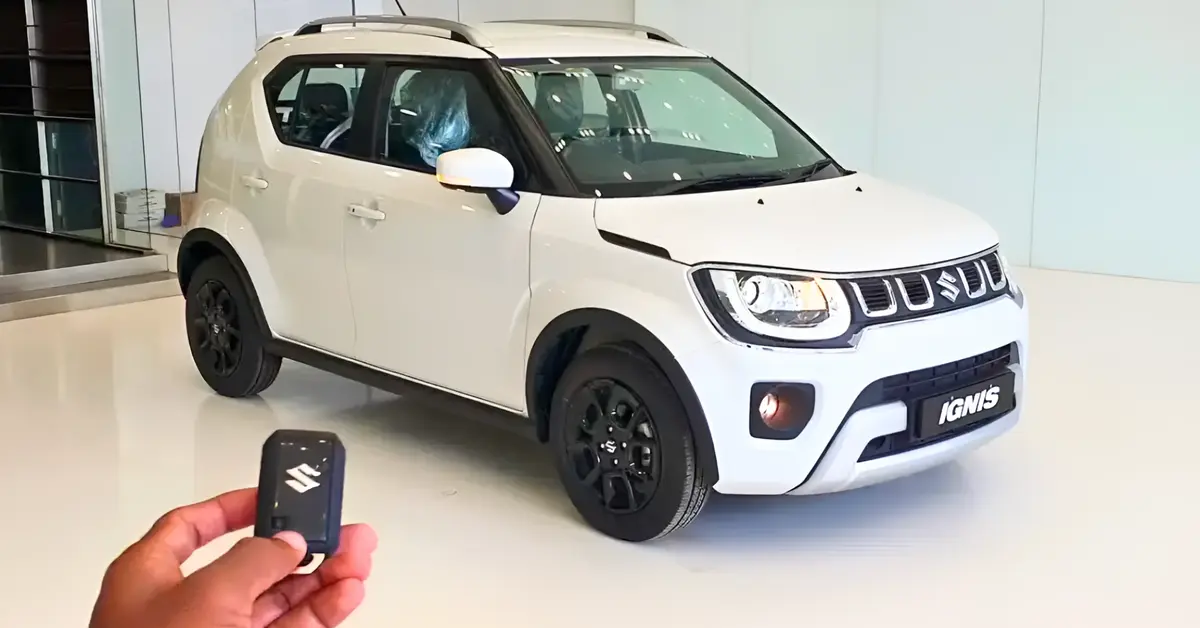
Leave a Reply